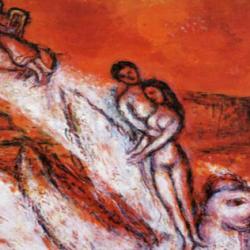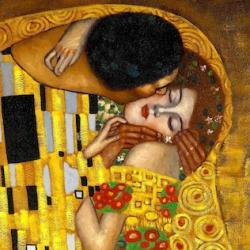Othmar Keel argues that the Shunamite of the Song of Songs (2:1) identifies herself not with a “modest little flower” but as the “lotus of the plains.” With this, she confidently compares herself with “one of the favorite symbols in the region stretching from Egypt to Syria.” In Egyptian mythology, the “lotus represents the transition from the dark primeval waters to the ordered world. it is a primary symbol of the Egyptian idea of regeneration. At every opportunity, Egyptian gods and human beings – living and dead – smell lotus flowers in order to capture their regenerative powers, to become young and fresh as the sun-god at dawn . . . . In Egypt the head of a person who had died was portrayed in a lotus flower so that the person might go forth from it like the morning sun, new and rejuvenated.” He finds archeological evidence that the same idea was present in Palestine.
The symbol works in the allegory of the Song. The woman is Israel, the flower floating on the waters of the nations, the flower plucked from the realm of watery death, the ordered beautiful flower raised up from the tohu-w-bohu of Egypt and the Red Sea. Israel gives off the fragrance of her Lord, and so renews all who breathe in her aroma. To her Lord, she is a lily among the thorns (Song of Songs 2:2), a sign of renewal among the thorny “daughters,” the blessed one among the cursed.











